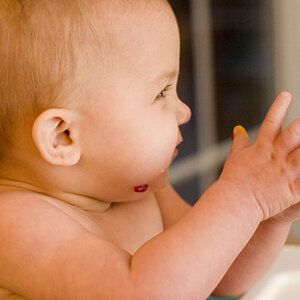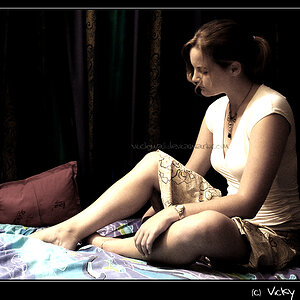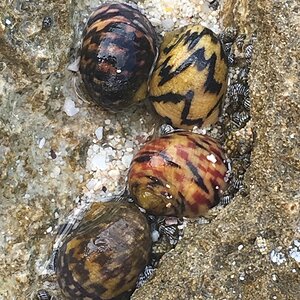Chipotles088
TPF Noob!
- Joined
- Nov 16, 2007
- Messages
- 16
- Reaction score
- 0
- Can others edit my Photos
- Photos NOT OK to edit
Hi, I'm going to open a photography business, and I thought buying a D3 would be a good investment. I already own the D200, and love it. If I make the jump between the two cameras, will I be able to tell a big difference, in color, contrast, focusing capabilities, ISO, etc.?
Is the D3 worth the price tag, especially to someone that already owns the excellent D200?
What do you Nikon guys think?
Is the D3 worth the price tag, especially to someone that already owns the excellent D200?
What do you Nikon guys think?


![[No title]](/data/xfmg/thumbnail/42/42275-2ca41f93a172e2e510afb46912a2bb61.jpg?1619740084)
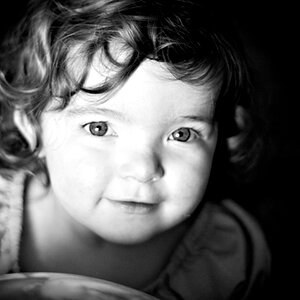
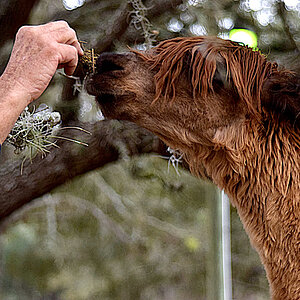
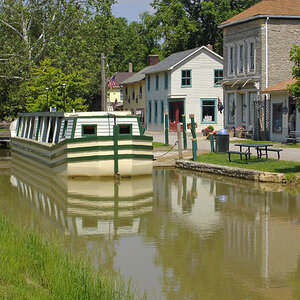

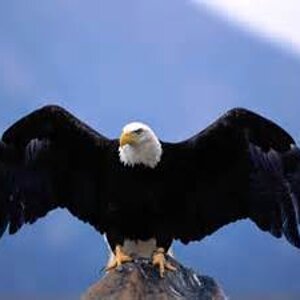
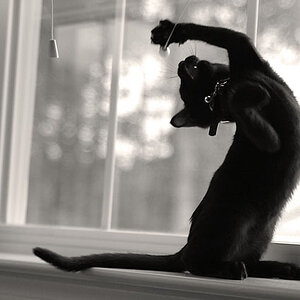
![[No title]](/data/xfmg/thumbnail/42/42276-99df5da06c3e5dc83ae4bab11e935910.jpg?1619740085)
